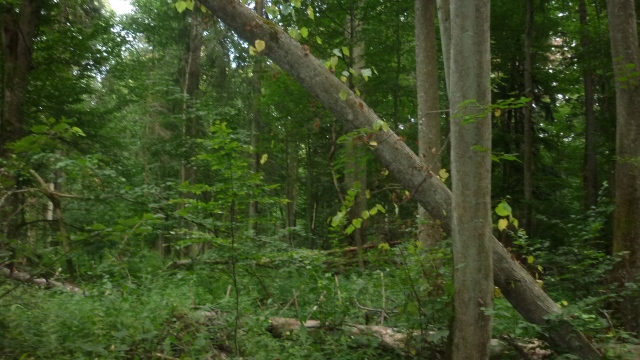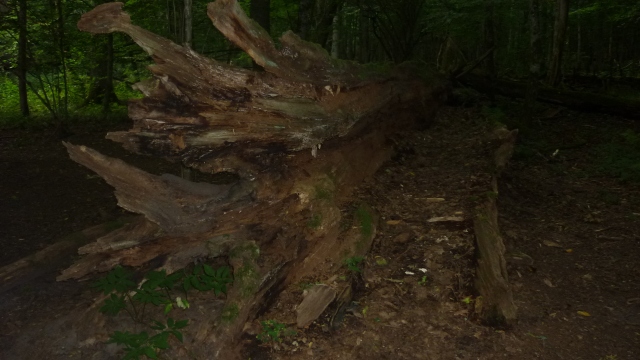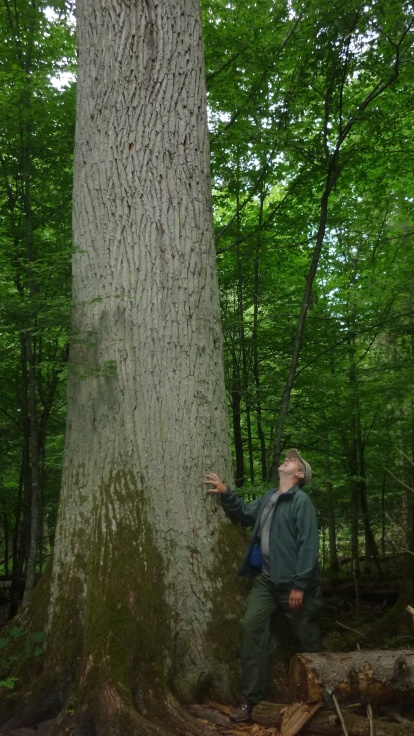A fortuitous but unintended consequence of increased atmospheric CO2 levels has been carbon accumulation and increased fertilisation in plants leading to regreening in some regions. As discussed in the last IPCC report these effects include increased forest cover at the expense of savannah and grasslands, migration of tree-lines to higher latitudes and elevations, and increased crop yields. These impacts can be seen most clearly in dryland areas, increasing vegetation cover as well as available soil water (Lu et al 2016). The CO2 fertilisation effect has been significant enough to slow the growth rate of atmospheric CO2 since 2002 (Keenan et al 2016).
CO2 fertilisation will only be a net benefit up to a certain point, but changes in land use over the past century have also lead to significant re-greening in much of Europe and North America, as shown by dramatic graphics produced by Ralph Fuchs of the University of Wageningen. Europe now has a third more forest area compared to 100 years ago, due to vigorous post-war re-afforestation schemes, a shift to much more energy dense fossil fuel sources (Perlin 1989), and agricultural intensification leading to abandonment of large areas of marginal farmland as they become unprofitable (Macdonald et al 2000; Renwick 2012). This pattern of change has been accompanied and reinforced by urbanisation and other broad socio-economic changes as people leave the land (Keenleyside and Tucker 2010).
In the UK, land abandonment has been largely stemmed so far by CAP farming subsidies (Chesterton 2009; Ceaușu et al 2015), and the apparent profitability of grouse moors across much of Scotland, meaning that practically the entire countryside is managed. Post-BREXIT, this may change if farming subsidies are dropped. In Europe however, the process is well-advanced and covers significant areas of land. Some 20 million ha. of land is expected to have fallen out of production from 2000 and 2030 (Navarro and Pereira 2015). Much of this will regenerate to scrub and forest- a kind of “passive rewilding”.
This process has been observed worldwide and is understood to follow both “economic development paths” and “forest scarcity” paths towards a forest transition (Rudel et al 2016).
In her 2012 book Nature Next Door: Cities and trees in the American North East Ellen Stroud gives a detailed account of this process happening in New England, which has seen a truly dramatic return of forests since their near-decimation at the hands of the early settlers. New York state went from just 25% forestation in the late 19th century to 61% a hundred years later; Vermont increased from 35 to 76%; New Hampshire from 50% to 86%. “Today,” writes Stroud, “the northeastern United States is almost 75 percent forested.”
This remarkable come-back was not a purely passive process that just happened as farmers left the land. Rather, it depended on a number of factors that contributed to reforestation, not least a conscious and deliberate effort by key individuals and institutions to recreate protected forests by buying land and putting it under protection.
The return of forest to former farmland and other cutover tracts is not merely the result of benign neglect, allowing forests to establish themselves wherever they were no longer beaten back to make space for fields. Trees came back because time and ecology gave them favor, but they were also encouraged and protected by choice.
A major driver was the arrival of railroads from the mid-west where large-scale farming on the prairies had taken off by the middle of the 19th century and was able to out- compete the hilly and poorer soils in the north east. These began to be bought up by the Forestry Commission, who had been given the charge to protect water supplies form the rapidly growing cities of New York and Pennsylvania. It was the growth of these cities, and the recognition that extensive areas of forests would be needed upstate to ensure clean water supplies- what we would now call “eco-system services” -that provided the impulse for the rapid re-afforestation on much of the upland areas.
At the same time, a new class of wealthy urbanites wanted somewhere cool and tranquil to escape the city, and they preferred a “natural” forested setting for their summer houses over any signs of industrial farming. Some smaller farms were able to survive, particularly in Vermont, by diversifying into providing summer accommodation for those keen to escape the city heat, but many farms that were abandoned were bought up and converted to summer homes- a policy deliberately encouraged in some states by the Board of Agriculture. The tourists and summer visitors in turn helped support the remaining small farm enterprises.
Stroud describes how the railroads were also big consumers of timber themselves in their construction, and also brought timber markets closer to the forests: however, the tourists and summer visitors preferred trees to forestry operations, and in many places this is what tended to win out, with extensive areas of new forest placed under protection from logging- although in some states, perhaps ironically, some restricted judicious logging was permitted to preserve favoured views. People like trees, but not always dense dark closed forest.
So the return of the north eastern forests was not an accident, but intimately tied up with wider social changes, growing up alongside the growth of the cities:
Drinking water, industry, and even electric lights owed their security to the trees of New Hampshire. The city and the mountains, Ayres understood, were part of a single, interdependent landscape. The state’s seemingly pristine environment is a metropolitan nature, the result of new urban and rural interactions.
The story of the forest in the NE US is highly relevant to current debates about land sparing and the prospect of “peak farmland”. FAO data suggests the total area worldwide used for farmland may have been declining since 1998, even as production has increased along with calories-per-capita. Stroud warns however that land-sparing through agricultural intensification comes at the price of dependency on foreign or distant farmland:
Such extensive woods are only possible because of the region’s connections with and dependence on agricultural and industrial landscapes in distant places. If it were not for grain from the Midwest, fruit from the West and the South, meat from around the world, and lumber from distant woods, these trees would long ago have been felled for timber, cleared for other uses of land, or both.
However, as Phalan et al (2016) show, access to fertilisers, machinery and improved seeds can dramatically increase yields and secure farmer livelihoods, obviating the need for them to clear more forest for farming. This needs to be coupled with appropriate conservation policies and programs to ensure inclusion for all farmers in the locality.
Significant re-greening of the earth is possible given the right conditions and regulatory regimes, and the history of the past century in the US and Europe shows that this can happen rapidly on significant areas of land. As agricultural intensification, along with expanding conservation movements continue apace, watching the continued reforestation of areas cleared in the recent past for agriculture and fuel as developing nations go onto experience their own forest transitions will be an exciting prospect.

Source: World bank; cited in humanprogress.org
References
Ceaușu et al 2015 Mapping opportunities and challenges for rewilding in Europe Conservation Biology, Volume 29, No. 4, 1017–1027
Chesterton, C. 2009 Environmental impacts of land management Natural England Research Report NERR030
Keenan, T. F., Prentice, I. C., Canadell, J. G., Williams, C. A., Wang, H., Raupach, M., & Collatz, G. J. (2016). Recent pause in the growth rate of atmospheric CO 2 due to enhanced terrestrial carbon uptake. Nature Publishing Group, 7, 1–9. https://doi.org/10.1038/ncomms13428
Lu, X., Wang, L., McCabe, M. F., D’Odorico, P., Bhattachan, A., Davis, K., … Poulter, B. (2016). Elevated CO2 as a driver of global dryland greening. Scientific Reports, 6(February), 20716. https://doi.org/10.1038/srep20716
Macdonald, D.V.et al 2000 Agricultural abandonment in mountain areas of Europe: environmental consequences and policy response Journal of Environmental Management, 47–69.
Navarro, L.M. and Pereira, H. M.2012 Rewilding Abandoned landscapes in Europe Ecosystems (2012) 15: 900–912
Phalan, B., Green, R. E., Dicks, L. V., Dotta, G., Feniuk, C., Lamb, A., Balmford, A. (2016). How can higher-yield farming help to spare nature? Science, 351(6272), 450–451. https://doi.org/10.1126/science.aad0055
Perlin, J. 2005 A Forest Journey: The Story of Wood and Civilization
Countryman Press
Renwick, A. et al 2012 Policy reform and agricultural land abandonment in the EU Land Use Policy 30 (2013) 446– 457
Rudel, T.K. et al 2016 The drivers of tree cover expansion: Global, temperate, and tropical zone analyses Land Use Policy 58 (2016) 502-513
Stroud, E. 2012 Nature Next Door: Cities and trees in the American North East Washington University Press
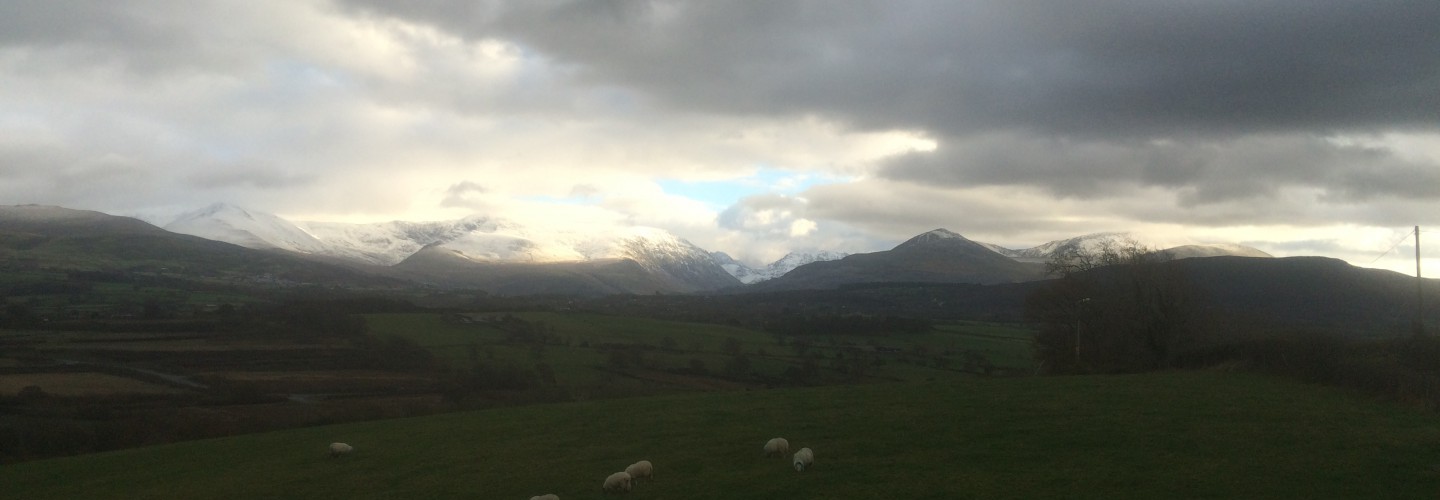
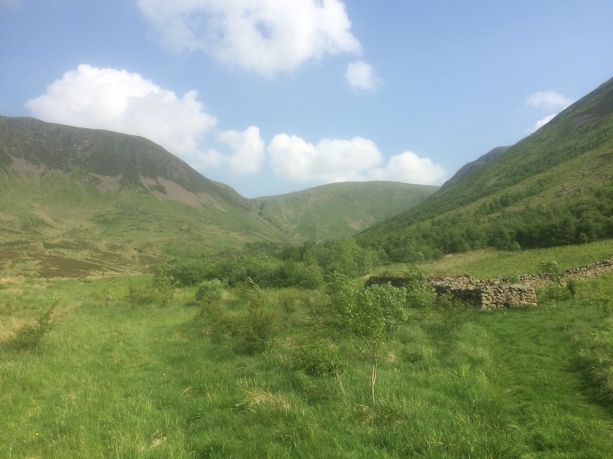
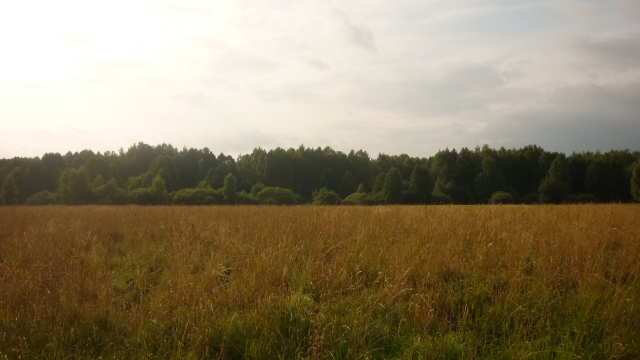 Photos: Bialowiezça forest, Graham Strouts 2013
Photos: Bialowiezça forest, Graham Strouts 2013